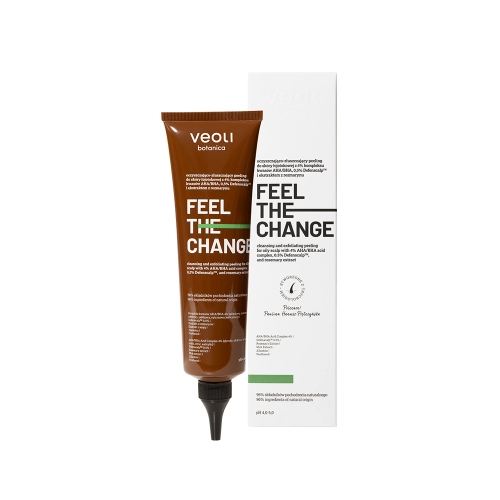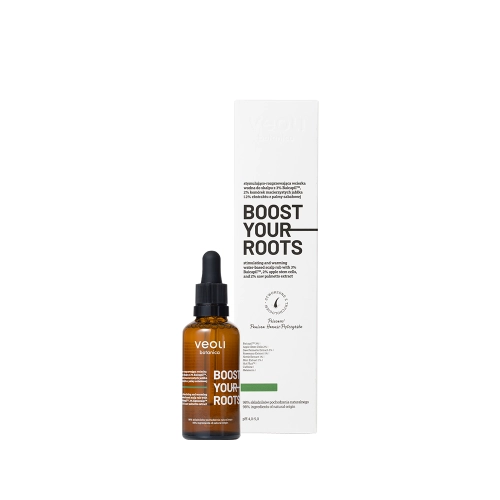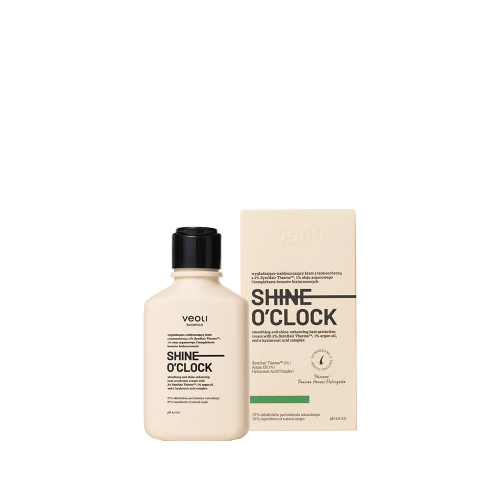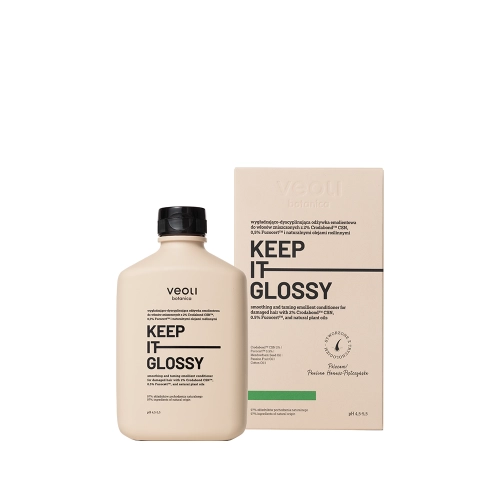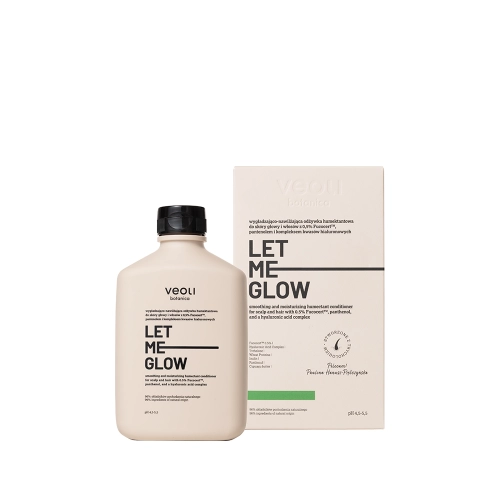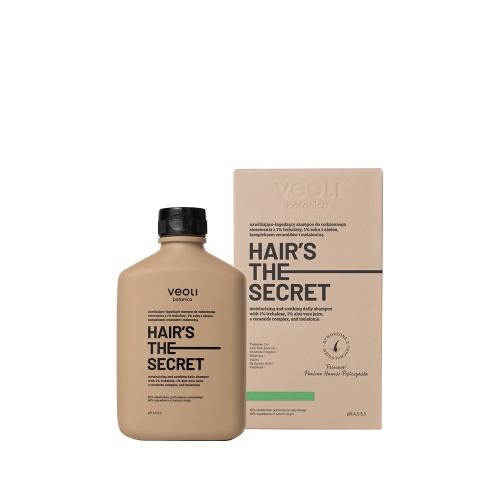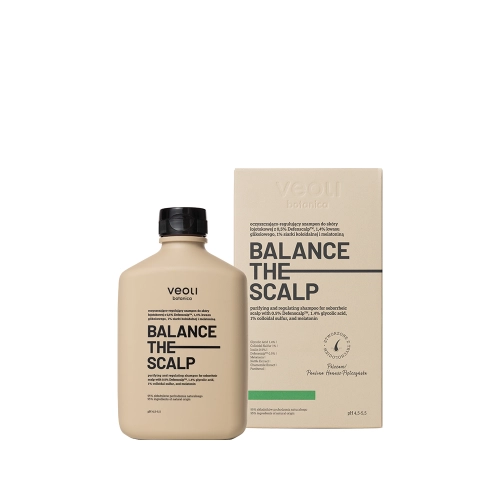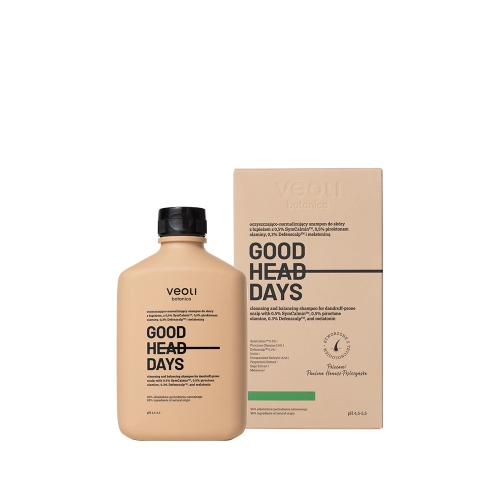Concentration matters. Lactic acid - what are its properties and uses?
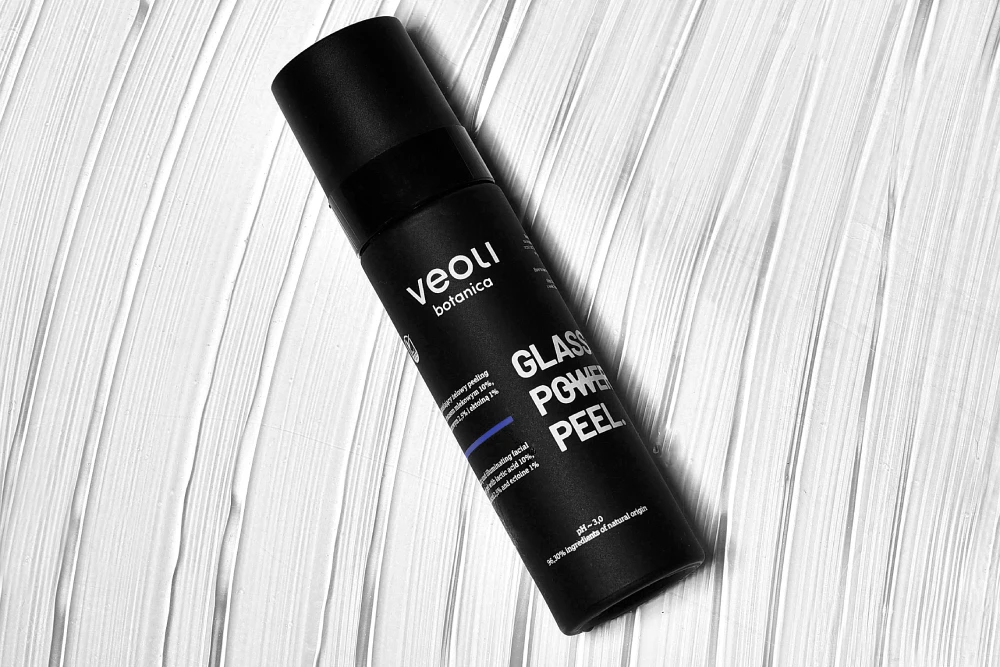
You can read this text in 7 minutes.
Choosing acids for your skin type, needs and imperfections can sometimes be a challenge. AHA, BHA, or PHA? Each of these groups has interesting representatives, and one of the items is lactic acid, with a wide range of applications. If you have so far only associated lactic acid with yogurt and sourdough, this post is for you!
Lactic acid - what you should know about it?
Lactic Acid (INCI: Lactic Acid) belongs to the group of alpha-hydroxy acids (AHAs), i.e. those that wnaturally occurring, for example, in fruits. It is obtained during the so-called glycolysis, the natural process of fermentation of sugars with lactobacilli of the genus Lactobacillus (Lactobacillus casei i Lactobacillus bulgaricus), under anaerobic conditions, so you'll also find the same ingredient in pickles, yogurt, or kefir.
At the same time, it is one of the components of the NMF (English. Natural Moisturising Factor), which is a mixture of water-soluble moisturizing substances present in the most superficial, stratum corneum, which are responsible for maintaining an adequate level of hydration. It has a small molecule and combines many properties, which are conditioned by the concentration and pH of the product.
How lactic acid works depending on the concentration?
- Below 10% - acts moisturizing, can be used in all cosmetic formulations from gels and tonics, to creams, lotions and even hair conditioners.
- 10-30% - found primarily in scrubs, exfoliating products, also for home use.
- Above 30% - preparations with this concentration are reserved for use professional in offices.
However, with acids, it's not just the concentration that matters - an important factor is also the pH of the product. The lower the pH, the "stronger" the product, so a 15% acid with a pH of 5 will have a weaker exfoliating effect than a 10% acid with a pH around 3 - this does not mean that a product is better or worse, it all depends on the needs of the skin and expectations.
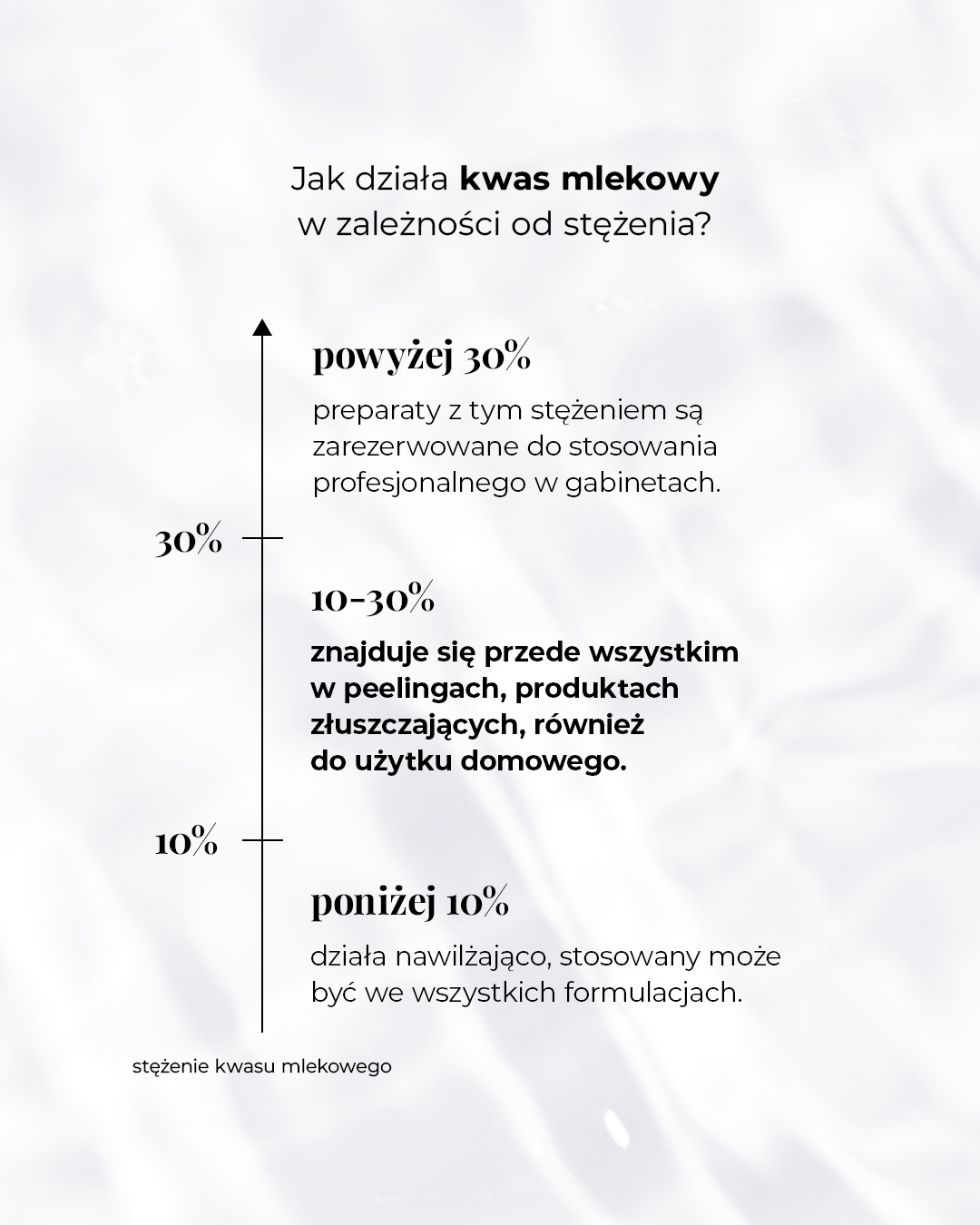
There is a reason why in moisturizing and brightening gel face scrub with lactic acid 10%, tranexamic acid 2.5% and ectoin 1% GLASS SKIN POWER PEEL such a composition was used.
10% lactic acid retains strong moisturizing properties, while lowering the pH results in gentle exfoliation. This combination guarantees effective action - simultaneously removes dead skin cells, deeply moisturizes and stimulates the skin to produce glycosaminoglycans and ceramides.
The lactic acid peeling is effective yet gentle, allowing it to be used also by sensitive skins.
Who should reach for lactic acid?
It is an acid primarily associated with dry ceramics,mature and sensitive, however, its spectrum of action is so wide that it will be loved by also oily and combination skins, especially those who are just beginning their adventure with acids and tend to suffer from seasonal dehydration caused, for example, by heating and air conditioning.
What properties does lactic acid have?
- Moisturizes the skin - not only due to its water-binding properties in the top layers of the epidermis, but also by stimulating the production of ceramides and glycosaminoglycans, which affects the long-term hydration deeper layers of the epidermis.
- Gently exfoliates - loosens intercellular connections and removes damaged or dead skin cells, which are replaced by new ones, through the skin's physiological mechanisms.
- It can help with regulate the pH of the skin and maintain its natural acidic environment. This, in turn, promotes the integrity of the skin's hydrolipidic mantle, which helps retain moisture and prevent water loss through the skin.
- It shows activity antimicrobial.
- Eliminates blackheads and minor imperfections.
Regular application of preparations with lactic acid promotes an increase in the level of glycosaminoglycans. These are compounds that are responsible for proper hydration of the skin, and their main representative is hyaluronic acid. This provides a lasting improvement in the skin's hydration level, rather than just ad hoc hydration.
In the composition of the scrub GLASS SKIN POWER PEEL you'll also find a blend of moisturizing and soothing ingredients that further enhance the product's effects, such as. trehalose,panthenol i ectoin.
Ectoin is an amino acid produced by more than a dozen species of bacteria. Effectively and long-lasting increases the level of hydration of the skin. It has antipruritic effects and provides immune protection to the skin. Until recently, it was mainly used in pharmaceutical preparations, eye drops for allergies, today it is an excellent addition to cosmetic formulas, in a lactic acid peel there is 1% of this ingredient.
The effect of tranexamic acid, which in GLASS SKIN POWER PEEL has a concentration as high as 2.5%. In medicine it is used as an anti-hemorrhagic ingredient, in cosmetics less drastically, but not far from the blood vessels, as this ingredient is loved by vascular skins. It gives a quick skin brightening effect, which is irreplaceable in banquet action. By muting erythema and red acne discoloration, it allows you to get closer to glass skin. This raw material also inhibits the process of tyrosinase, which is the formation of pigment-containing pigments.
One product composed to combine a wide spectrum of action, will work for all skin types, bringing them closer to the desired effect of "glass skin".
Substantive editing: Zuzanna Panuszewska
Cosmetologist
Expert on. care
consultations@veolibotanica.en

